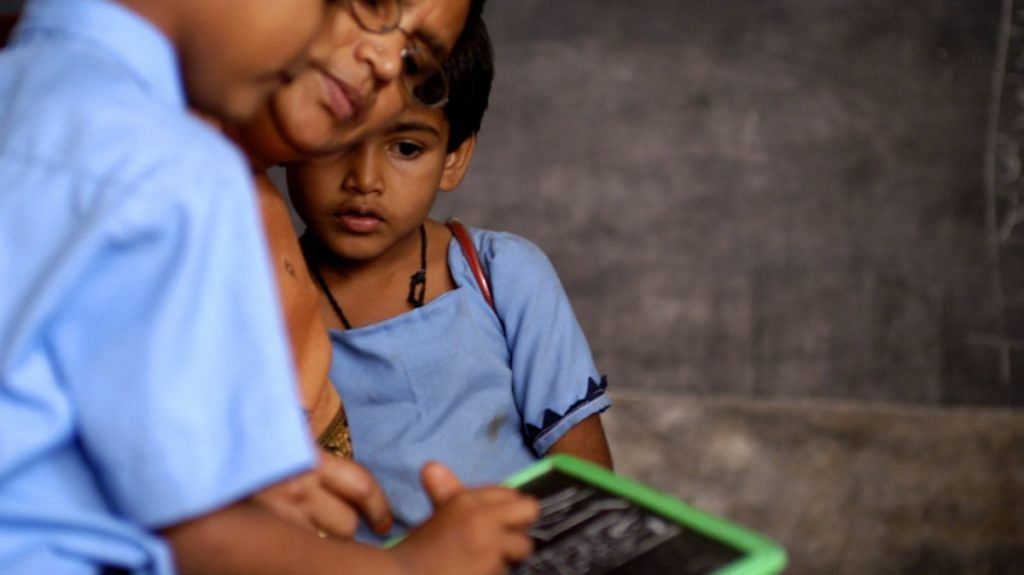New Delhi: Basic reading levels of children have dropped to pre-2012 levels because of the pandemic, says an annual education survey.
Conducted by non-governmental organisation “Pratham”, the Annual Status of Education Report (ASER) — Rural was released Wednesday. After four years the survey was taken on ground at an all India level, during pandemic responses were collected through phone.
A communique to the media read: “ASER 2022 returned to the field nationwide after a gap of 4 years, reaching 616 rural districts. This year’s data will be especially valuable as it comes after schools reopened after prolonged closures due to the COVID-19 pandemic.”
It said the household survey “recorded the schooling status of children in the age group 3-16 and assessed children aged 5-16 in basic reading and arithmetic. Children’s English ability was also tested this year”.
Talking about children’s reading ability, the survey said, “Nationally, children’s basic reading ability has dropped to pre-2012 levels, reversing the slow improvement achieved in the intervening years. Drops are visible in both government and private schools in most states, and for both boys and girls.”
On Math, the survey said a drop equivalent to the levels before 2018 was witnessed, but it was not steep.
The arithmetic test assessed whether a child could recognise numbers from 1 to 99, do a 2-digit numerical subtraction problem with borrowing, or correctly solve a numerical division problem (3 digit by 1 digit).
Talking about English, the survey said: “ASER last assessed children’s English ability in 2016. Nationally, children’s ability to read simple English sentences has stayed more or less at the 2016 level for children in Class 5 (from 24.7 percent in 2016 to 24.5% in 2022). Slight improvements are visible for children in Class 8 (from 45.3% in 2016 to 46.7% in 2022).”
This year’s ASER survey also made a point about the increase in children taking private tuitions. In 2021, the report had talked about enrollment going up in government schools but private tuitions also increasing.
“Over the past decade, rural India has seen small, steady increases in the proportion of children in Class 1 to 8 taking paid private tuition classes. Between 2018 and 2022, this proportion increased further, among students in both government and private schools,” the survey report said.
It added that nationally, the proportion of children in Class 1 to 8 taking paid private tuition classes increased from 26.4% in 2018 to 30.5% in 2022.
“In Uttar Pradesh, Bihar and Jharkhand, the proportion of children taking paid private tuition increased by 8 percentage points or more over 2018 levels,” it added.
Also read: Teachers’ gender bias can make girls’ maths performance drop, but not English, finds study
